Same-Sex Partnerships in Ballroom Dance: A Dance of Progress and Acceptance
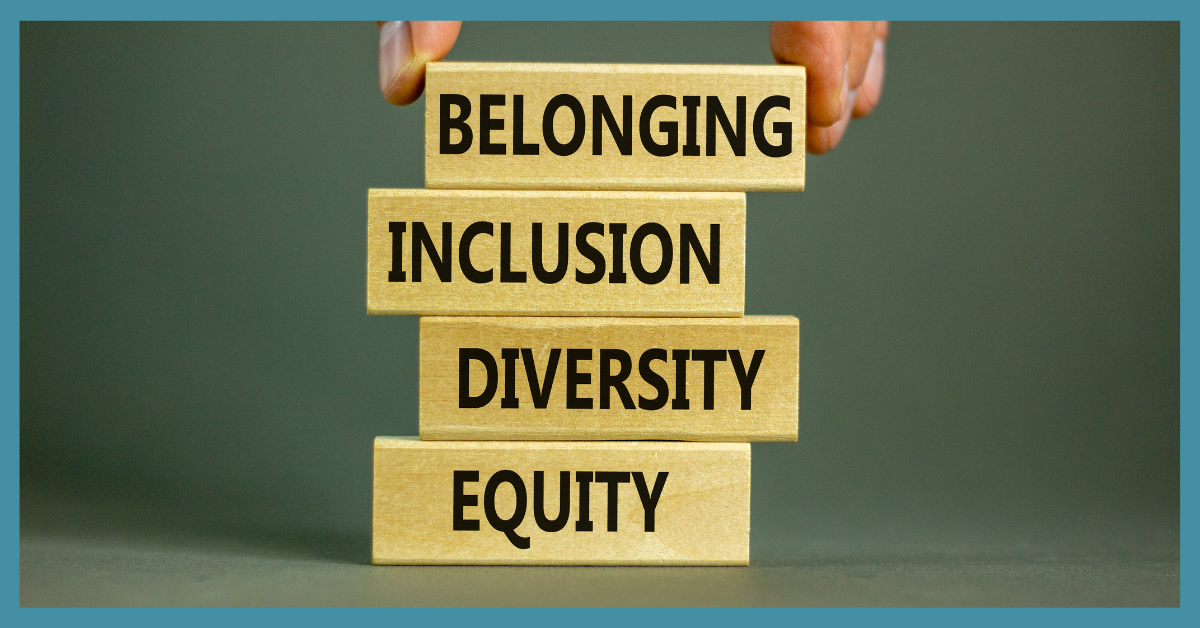
The world of ballroom dance, with its glittering costumes, precise footwork, and passionate performances, has long reflected society’s evolving norms and values. Historically, ballroom dance was characterised by male-female partnerships, with specific roles assigned to each gender. However, as societal attitudes shifted, so did the dance floor, making room for more inclusive and diverse representations.
Evolution of Acceptance
The journey towards acceptance of same-sex partnerships in ballroom dance has been a long one. While many parts of the world have traditionally accepted males dancing together or females dancing together, the concept of same-gender dancing faced resistance in other regions due to cultural or religious beliefs.
Historical anecdotes provide glimpses of same-gender dancing in various contexts. In the 1900s, cowboys driving cattle across America would dance together in the evenings for entertainment. In Argentina, men would dance together in practice before visiting brothels. And during World War Two, with many men off fighting, women began dancing together, leading to all-female competitions.
Dance Styles, Competitions, and the UKEDC
The emergence of same-sex dancing competitions has been a significant milestone. The UK Equality Dance Council (UKEDC), initially known as the UK Same-Sex Dance Council, was founded in 2006 to represent the interests of equality dancers. Their mission has been to set the framework for equality dance competitions and increase awareness and participation in equality partner dancing. The change from same-sex to equality dancing arose from the organisation’s desire to be more inclusive and to promote the idea that everyone should be able to dance with whomever they want, in the role they want (leader or follower), regardless of sexual orientation or gender identity.
The UKEDC has been instrumental in launching grants and scholarships to support individuals and events within the equality dance community. They also organise an annual ball which features social dancing, shows, and an awards ceremony.
There are two competitions in the UK that cater primarily to same-sex and other equality dancers: the Pink Jukebox Trophy which has been running for over 25 years and the UK Equality Open which started in 2019 Equality categories are also part of the prestigious Open World Dance Championships in Blackpool.
Artistry, Skill, and Representation
Equality partnerships in ballroom dance are not just about challenging norms; they’re about artistry, skill, and representation. These dancers follow the same foundational techniques as traditional male-female partnerships, adapting them to their unique dynamics. Their performances can explore themes, emotions, and storytelling, just like any other dance.
“As the former chair of the UK Equality Dance Council, I can confidently say that these competitions have not only revolutionised our same-sex partnerships but also brought a profound sense of inclusion and support to our vibrant world of ballroom dancing. It’s an honour to witness this positive change.”
Ansell Chezan – Former Chair – UKEDC
Challenges, Advocacy, and the Future
While very significant progress has been made, challenges persist. There’s resistance from conservative circles, and some existing rules and attitudes need to be reviewed for the ballroom world. For instance, under equality dancing rules, a couple can switch roles while dancing. Further consideration is also being given to ensure that equality dancing is an inclusive environment for transgender, non-binary, and gender-fluid dancers.
The European Same-Sex Dance Association (ESSDA) is another organisation that has been pivotal in this journey. Founded in 2007, ESSDA’s mission statement underscores respect for differences, whether they concern race, colour, gender, sexual orientation, religion, nationality, language, or disability. Their goals include encouraging same-sex Ballroom and Latin dancesport, developing guidelines for competitions, and working toward universal acceptance of “leader” and “follower” as teaching terms. ESSDA also licences the annual European Same-Sex Dancesport Championships that are usually held as part of the LGBTQ+ multi-sport event, the Eurogames.
Summary
The evolution of same-sex and other equality partnerships in ballroom dance is more than just a shift in dance patterns; it’s a reflection of our society’s journey towards inclusivity, acceptance, and understanding. As we trace back the history of dance, it’s evident that dance has always been a medium of expression, transcending boundaries and breaking barriers. The cowboys of America, the men in Argentina, and the women during World War Two – all danced, not just for the joy of it, but as a testament to human connection and unity.
The rise of organisations like the UKEDC and ESSDA showcases the collective effort of the dance community to ensure that everyone, regardless of their gender or sexual orientation, has a platform to express themselves. These organisations have not only provided a structure and framework for equality dance competitions but have also been instrumental in changing perceptions and attitudes. Their grants, scholarships, and events are not just opportunities for dancers; they are powerful statements of inclusivity.
Ansell Chezan’s quote encapsulates the essence of this transformation. The revolution of same-sex partnerships in ballroom dance is not just about the dancers; it’s about the audience, the judges, the trainers, and every individual who witnesses this profound change. It’s about every clap, every cheer, and every tear shed in joy, seeing dancers express themselves freely.
Moreover, the challenges faced by the community, while significant, have only strengthened the resolve to push for more inclusivity. The dance floor has become a battleground for rights, acceptance, and love. And as rules evolve to accommodate the diverse spectrum of gender identities, it’s a reminder that the journey, though long, is headed in the right direction.
As we look to the future, it’s essential to remember that dance, in its purest form, is an expression of the soul. It’s a language that doesn’t discriminate, judge, or hate. The inclusion of equality partnerships in ballroom dance is a step towards a world where everyone speaks this universal language without fear or prejudice. It’s a world where the dance floor is a mosaic of diverse partnerships, each telling its unique story, each adding to the rich tapestry of ballroom dance. And as we move forward, let’s ensure that this tapestry only becomes more vibrant, inclusive, and beautiful.

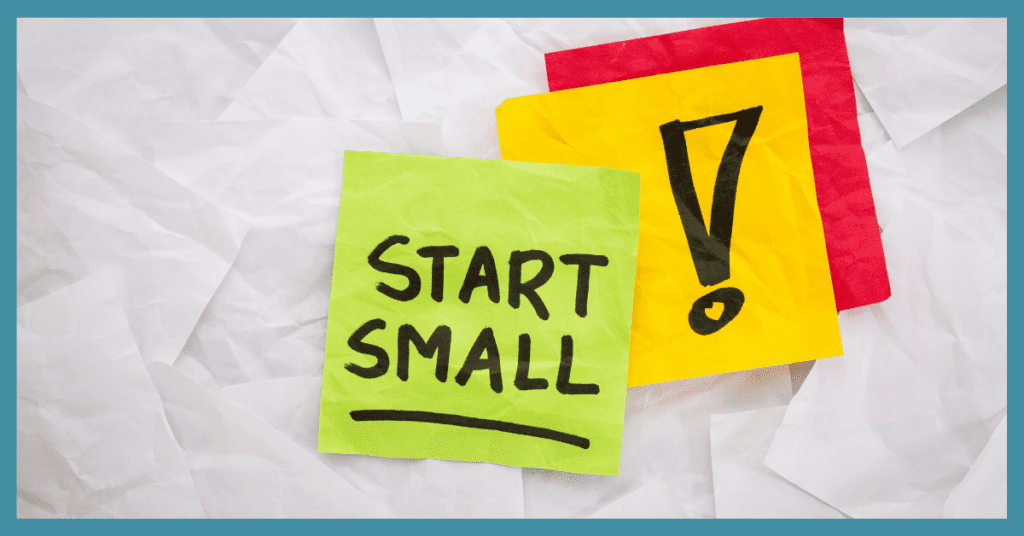
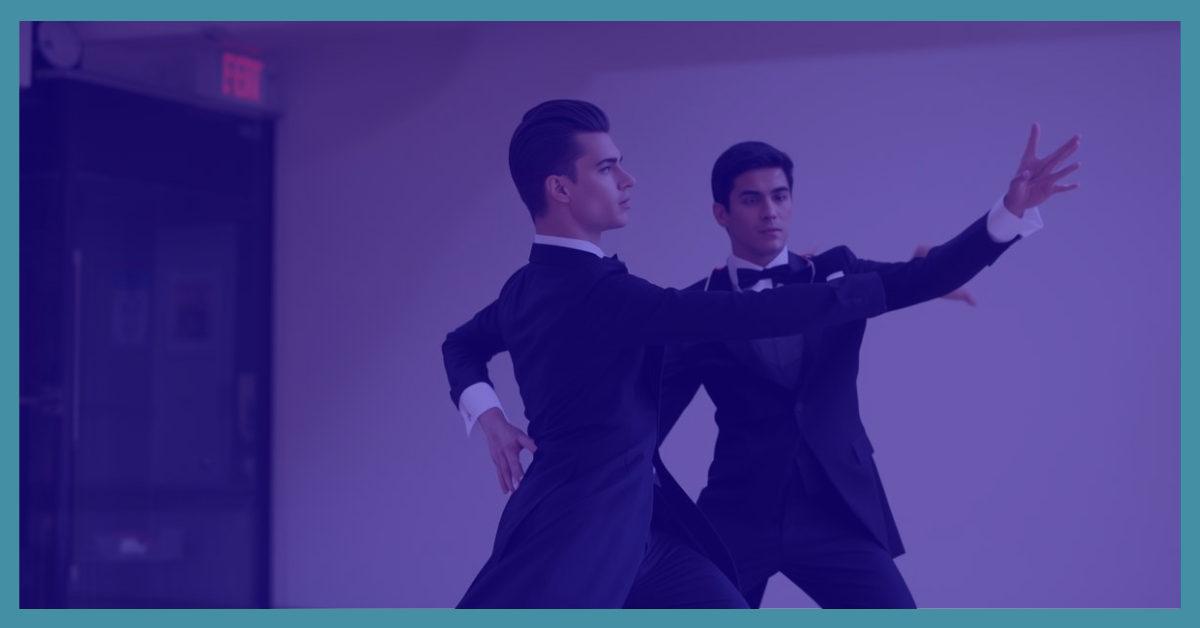

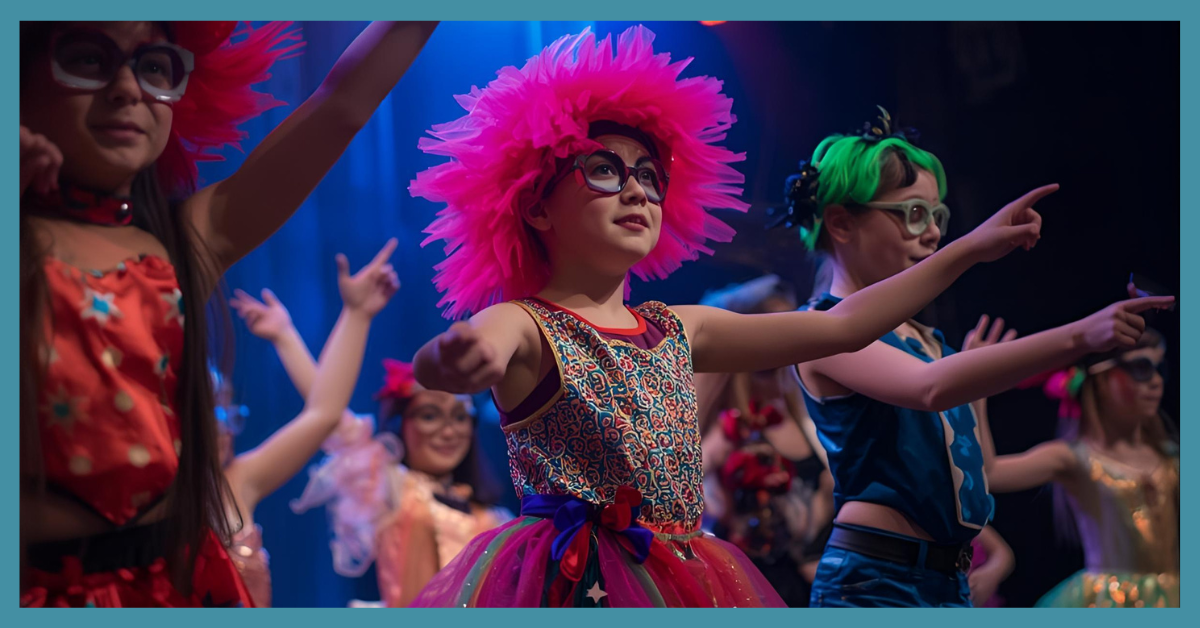
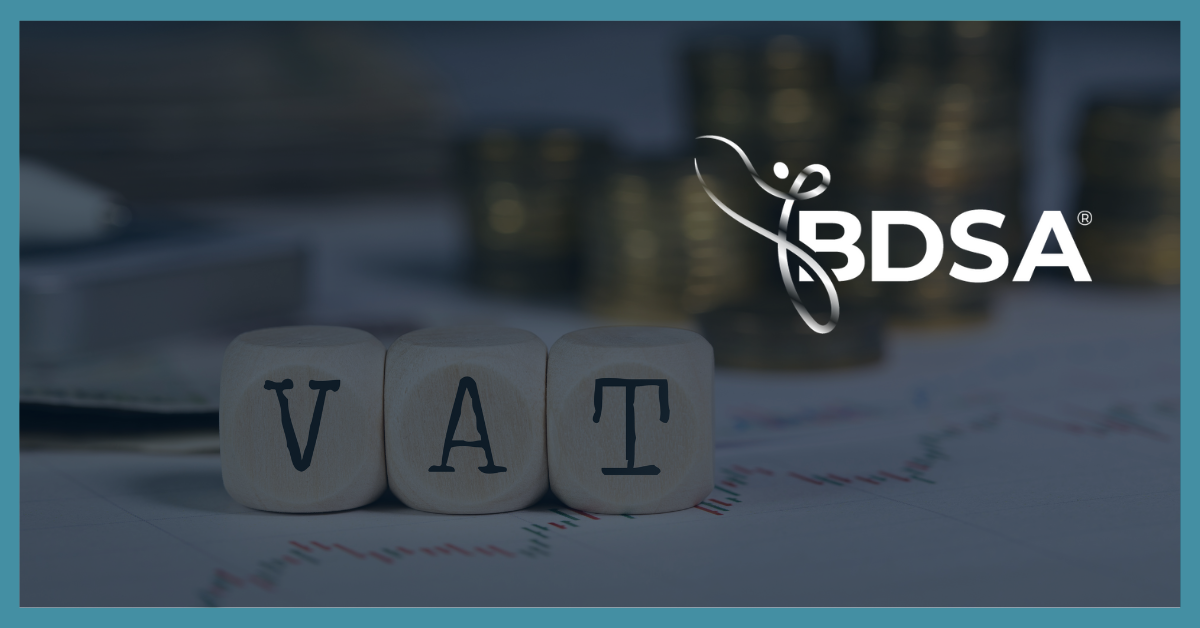
Responses